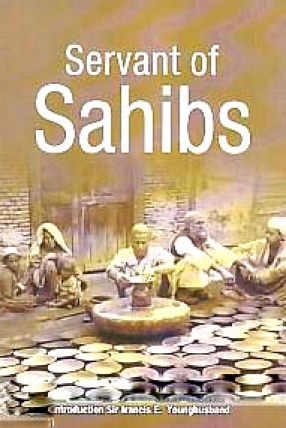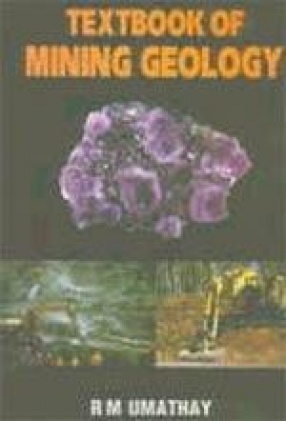The interdisciplines of ethnobotany links with cultural anthropology, linguistics, ethnography, economics, botany, ecology, nutrition, veterinary, chemistry, bio-chemistry, agroforestry, biodiversity, conservation, pharmacology and medicine. The traditional ethnobotany investigates the utility and dependency of the ethnic human races upon plants for botanical medicine, food, fibre, shelter, crafts, ornamentals, forage, myths and rituals and income generation; and the modern trend leads to the discovery of new drugs and new food from plant derivatives. The present volume brings out documentation of the first-hand information of such diverse uses of plants and the total dependency of the rural poor population upon them, and the holistic usefulness of the wild and wild-related varieties of plant resources to the people in Mizoram, with an aim to focus primarily on the local health traditions based on the Indigenous Knowledge Systems (IKS). The presentation narrowed down and categorized the threatened species of the ethno-medicinal plants, and remarkably, the milestone record of sixty two ethno-medicinal plants reported for the first time from Mizoram as an authentic evidence of the author’s original Ph.D. work during 1995-1998.
Ethno-Medicinal Plants of Mizoram
$52.25
$55.00
In stock
Free & Quick Delivery Worldwide
All orders amounting to US$ 50 or more qualify for Free Delivery Worldwide. For orders less than US$ 50, we offer Standard Delivery at $14 per book.
ABOUT THE AUTHOR H. Lalramnghinglova
Dr. H. Lalramnghinglova, the then J.H. Lalramnghinglova, who hails from Mampui village in South Mizoram has got his B.Sc. Degree from St. Edmund’s College, Shillong in 1975, and M.Sc. Degree (Botany) from North-Eastern Hill University in 1977, and was placed in the First Class. Despite the offer of the UGC Scholarship for Ph.D. registration, he opted for the post of Lecturer in Lunglei Govt. College in 1978, and after the completion of ten years teaching experience in the college, he joined the post for Forest Botanist in the Environment and Forests Department, Govt. of Mizoram, Aizawl, since 1988. While in service, he availed 2-year full-time study leave for his Ph.D. work on “Studies on plants of ethnobotanical importance in the Tropical Wet Evergreen Forests of Mizoram†and obtained his Doctorate Degree from the North-Eastern Hill University, Shillong in 1998. Dr. Rama enjoys the habit of working in the jungle as he has been closely associated with different herbal practitioners, medicinemen, key-informants and knowledgeable persons from among the ethnic minorities of the Hmars, Paites, Maras, Lais, Bawms, Pangs, Mogs, Brus, Chakmas, etc. He used to say “It is safer to walk in the forests than to walk in the cities like New Delhi or Aizawlâ€. He has been exposing to and participating in different international, national, regional and state level conferences, workshops and seminars, and had undergone different training courses in forest management, forestry and forestry-allied disciplines. So far, he had published more than 25 research papers on forest resources, canes and bamboos, agroforestry, non-timber forest produce including medicinal plants etc. in the international and national journals, and wrote 3 books on ‘A Guide to the herbarium techniques and curation’; ‘Handbook of Common Trees of Mizoram’; and the present volume, ‘Ethno-Medicinal Plants of Mozoram’ for his credit. Dr. Rama has been awarded “Fellow of Ethnobotanical Society†2000; and received the prestigious ICFRE Cash Award for outstanding contribution to research in the field of non-wood forest products for the year 1999-2000 in 2002. Of his on-going research projects, ‘Project-Vanaspati Van’ is one worth mentioning, which the Ministry of Health and Family Welfare Department (ISM & H), Govt. of India, New Delhi has approved it for Five crore rupees for five-year period implementation in Mizoram.
reviews
0 in total
Review by Anonymous
Be the first to review “Ethno-Medicinal Plants of Mizoram” Cancel reply
You must be logged in to post a review.
Bibliographic information
Title
Ethno-Medicinal Plants of Mizoram
Author
Edition
1st ed.
Publisher
ISBN
8121102111
Length
xix+333p., Tables; Figgures; Photographs; Reference; Index
Subjects





There are no reviews yet.